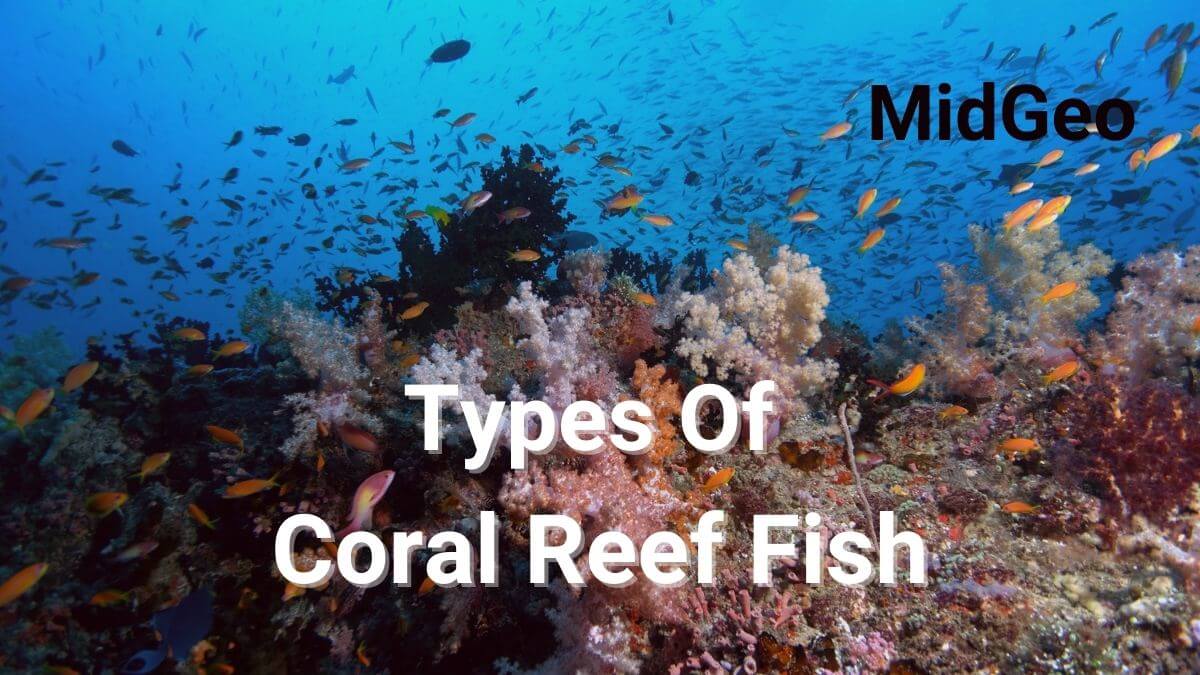Ganges River Dolphin 10 Cool Facts – Endangered Marine Animal

The Ganges River Dolphins (Platanista gangetica) are large creatures with long, slender noses and smooth, hairless skin. They are adorable and quite intelligent. All love dolphins, and they like playing.
Do you want to learn more about dolphins? Here are some interesting facts regarding the Dolphin of the Ganges River. After that, take a look at our other articles on the Most Endangered Marine Animals Due To Plastic Pollution and 17 Most Endangered Ocean Species and Marine Animals .

Ganges River Dolphin
The Ganges River dolphins are carnivores, meaning they only eat flesh. They feed small fish, mollusks, and aquatic crabs, among other aquatic animals.The dolphin swims on one side with its flipper trailing along the muddy bottom, making it one of a kind.
This behavior is supposed to help it find food. There are no known predators of Ganges River Dolphins other than humans. They’re after them for oil, bait, and meat.
Ganges River Dolphin 10 Cool Facts
- *P. gangetica is the species name for the Ganges River Dolphin, which is a freshwater dolphin. A male Ganges Dolphin is referred to as a bull, while a female Ganges Dolphin is referred to as a cow.
- *Susu, Hihu, Blind dolphin, Gangas dolphin, side swimming dolphin, and South Asian river dolphin are some of their other names.
- *The Ganges River Dolphin is a huge freshwater animal that is 96-106.8 inches in length (2.4-2.7 m). It’s ten times the size of a hamster.
- *In the wild, a Ganges River Dolphin has an average lifespan of 18-22 years. The oldest male dolphin has been identified as being 28 years old.
- *Ganges River Dolphins are deafeningly deafeningly deafeningly de Because they lack lenses in their eyes, they are unable to resolve images.
- *They communicate by using pulse noises. Dolphins in the Ganges River use echolocation to find food, avoid danger, and migrate about.
- *They have a brownish tint and a narrow, extended snout, like some other river dolphins. They have a triangular hump around two-thirds of the way down their back due to the lack of a real dorsal fin. Their pectoral fins, which are bigger than those of most other dolphin species, compensate for the lack of a dorsal fin.
- *The dolphins of the Ganges River are carnivores, meaning they solely eat flesh. Small fish, mollusks, and aquatic crustaceans are among the aquatic species that they eat.
- *The dolphin is unique in that it swims on one side, with its flipper trailing down the muddy bottom. This habit is thought to assist it in locating food. Other than humans, there are no known predators of Ganges River Dolphins. They pursue them in search of oil, bait, and meat.
- *In the sea, the dolphin is unable to breathe. As a mammal, it emerges every 30-120 seconds to breathe in new air.
The South Asian river dolphins
South Asian river dolphins are two toothed whale species of the genus Platanista that live in freshwater habitats in northern South Asia. Both species of the genus are threatened with endangered.
When did the Ganges River Dolphin Become Endangered?
We all noticed different types of fish in the Ganges river due to the lock down. The Ganges River’s water has become so pure that the entire world is talking about it, but did you know that the world’s oldest creature dolphins, like crocodiles, turtles, and sharks, found in the Ganges?
The Gangetic River Dolphin, India’s National Aquatic Animal, is a dolphin that may be found in the Ganges River. That is, the Central Government designated it as national aquatic life in 2009.
The Gangetic River dolphin is mostly found in the Ganges River, although it can also be found in the Ganges’ tributaries including the Brahmaputra River. Another clean-water dolphin is the Indus River Dolphin, which can be found in Pakistan’s Indus River.
Dolphins that are Gangetic want to be in a calm atmosphere. Any type of interference, including human meddling, irritates it. It never goes into the sea because it is a clean-water dolphin.
But, in today’s world, where are the clean rivers and clean water?
- Sea Bunny Slug Facts & Cute Secrets: Discover the Tiny Ocean Creatures That Look Like Fluffy Rabbits
- World Whale Day 2024: Celebrating These Magnificent Creatures
- Celebrating National Polar Bear Day 2024: Raising Awareness for the Arctic Icon
Why is the Ganges River Dolphin Endangered?
In terms of conservation, Ganges Dolphins are classified as Endangered species. Because of the growing human population, their natural habitat is deteriorating. Industries and agricultural activities pollute the river system. We dumped many harmful substances into rivers, having a significant impact on these dolphins.
Human alterations also contribute significantly to the destruction of their ecosystem. Fisherman’s use of nylon fishing nets is another factor in placing them in danger. Dolphins are also being hunted for oil and flesh, which is reducing their population. Hence, this species faces an extinction threat.
How can the Gangetic River Dolphins catch fish and move if they are blind?

This dolphin employed echolocation, which is a fascinating fact. And acrostic signals for movement, which are picture and sound signals that return after striking any item, allowing them to assess distances between objects and other species, allowing them to capture fish and defend themselves against attackers and fishing nets.
Gangetic Dolphins Spotted After 30 Years
Today, all rivers such as the Ganges and the Jamuna are contaminated. The Ganges’ water has gotten so contaminated that it is no longer safe to bathe in.
The number of dolphins in the rivers has been steadily decreasing as pollution in the waterways has increased. Fishing and boating on rivers, on the other hand, interfered with the dolphins’ natural environment and attempted to exterminate them, putting the dolphins on the verge of extinction.
For the past 30 years, no one has not seen dolphins in Kolkata’s Hooghly River. Dolphins were also found in vast numbers in Bihar, but they are now endangered as well. According to a census, there were more than 5,000 Gangetic dolphins in India at one time, but today there are less than 1500.
The Indian Wildlife Protection Act has listed dolphins as Schedule 1 animals, and the International Union for Conservation of Nature has designated them endangered. Lock down has not only brought these extinct species back to life, but it has also given them fresh hope.
Ganges River Dolphin Cool Facts
Mid Geo
As soon as the river’s water has become clear. Dolphins have returned to Kolkata’s Hooghly River, where they had not been seen in 30 years. The dolphin was also spotted in Bihar’s Vikramshila Gangetic Dolphin Century.
The Regional Head of the Indian Zoological Survey in Bihar and Jharkhand claims to have spotted the dolphin as well. Ganesh Chaudhary, a wildlife photographer from Kolkata, not only observed but also photographed the dolphins.
Ganesh started after watching the dolphins that the dolphins had not been seen in Kolkata in 30 years. The extinction of dolphins was caused by pollution, but the dolphins have now reappeared once pollution levels have been decreased. In such a case, we have this big sign of protecting these Mammals, which begs the question, why and how?
Ganges River Dolphin Cool Facts
MidGeo
The fact that the dolphin has returned to the waterways demonstrates that our rivers are now clean. At this time, we must consider how to achieve development by building a balance between nature and humans. Because if nature and humans do not work together, all of humanity’s life, including dolphins’, will be lost.
Rivers will vanish from the feature of the earth. Human life will be on the verge of extinction as a result of this. As a result, we must consider how to achieve long-term development.
Did you enjoy reading The Ganges river dolphin cool facts? If you then please share with your friends and stay with us. Thanks.





